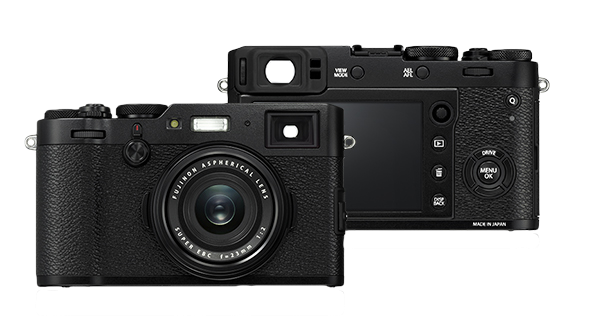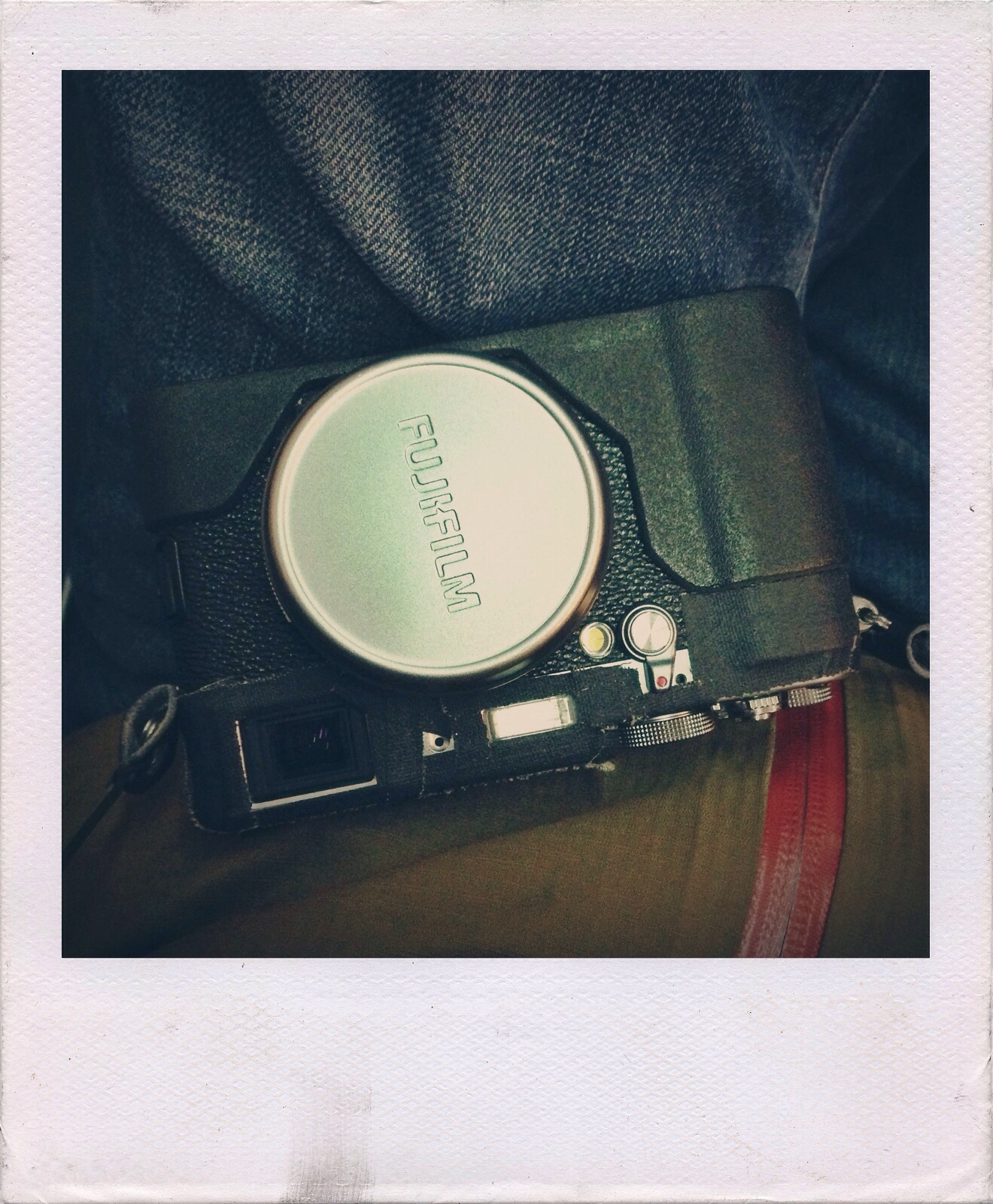Fujifilm X100F Resource Page
This is another moderately well-curated list of resources for the Fujifilm X100F camera. You may also be interested in my similar page for the Fujifilm X100S.

Direct from the manufacturer
Fujifilm X100F Support & Updates
-
 Fujifilm USA X100F homepage
Fujifilm USA X100F homepage
-
 Fujifilm USA X100F Support Site
Fujifilm USA X100F Support Site
-
 PDF download of the manual Hurray! The manual dropped the day before global release.
PDF download of the manual Hurray! The manual dropped the day before global release.
Tips and Tricks
Induce your own lightbulb moment with these illuminating tips and tricks.
Using the camera
- It’s a lot like the X100S and the X100T but with much better autofocus and higher resolution images.
- The ACROS film mode is stunning, I’m using RAW+JPEG and usually using ACROS or Chrome and actually using the JPEG files it generates more than the RAW files.
- ISO dial is welcome.
-
There will no doubt be several books written for this cameras, as there are many fantastic books and guides for it’s predecessors.
- Thomas Fitzgerald wrote post about How he shoots with his X-Pro2 and a lot of his notes on how he adjusts exposure and calls out the way the EVF can be misleading are relevant to the X100F.
Post-Processing and Software
My tools
I intend to document my workflow at some point soon, especially how I use redundant rot-proof storage and off-site archiving. This short list is just what I use personally and have had a lot of fun with.
- Adobe’s handling of the X-Trans sensors is usually considered pretty good but by no means the best.
- Adobe has supported the X-Trans III for a while in Adobe Camera Raw thanks to the X-Pro2 and X-T2 before it.
- I use Lightroom CC because it’s very inexpensive and I love my presets and workflow. It isn’t the greatest friend to Fuji RAF files however.
- Adobe Lightroom CC does support the X100F’s lossless compressed RAW format. You will need to make sure you don’t have any updates waiting or you’ll see broken files in Lightroom.
- There is a very promising option from the creator of Iridient Developer called The Iridient X-Transformer, and as of this date the current release is 1.0 beta 2.
- It’s Windows-only so I’m not in a hurry to test it yet and I don’t have an X-Trans III camera anyway. The results people are posting from this new RAW handler are impressive, however. They are sufficiently good that I will probably adopt it into my import workflow even as I continue using Lightroom.
As I’ve mentioned, the JPEGs are really great. In fact, the vast majority of images I’ve published online so far from this camera are almost always JPEGs out of the camera with minimal adjustment except for contrast or pushing blacks.
You can see some examples in my Early March in Philadelphia, 2017 album set. I’m quite taken with this camera.
Reviews
End-User Reviews and Comments from Professionals, Hobbyists and Amateurs
“Personally, I love this camera and think the bump in resolution makes the series all the more appetizing. Having such excellent image quality in such a small camera is definitely a nice perk. Also, if you’re a Fujifilm shooter and have either an X-T2 or an X-Pro2 with a 23mm lens, you may want to consider getting one of these as your 23mm focal length—it covers a focal length while at the same time makes an amazing travel camera or just a general take-anywhere camera.”
Adrian Murray for PetaPixel — 2 Months with the Fujifilm X100F
“But for me, the biggest selling point of the X100F is really how versatile it is. I have not found myself in a situation where I could not take the image that I had imagined in my head with just the X100 and the 2 conversion lenses.”
Jonas Rask in The Fujifilm X100F Review – Fantastic Fourth (Great family, nature, and street photography samples included.)
“Since the introduction of the X100, each successor has brought changes and improvements that photographers asked for. The 100F is not revolutionary but rather an evolutionary camera and that’s a good thing. With a new sensor, large EVF/OVF, improved and unified (with the rest of the X-series) operations (and battery) and the same, excellent 23mm F2 lens, the X100F is in my view a flagship X-series camera.” “While I enjoy shooting with the X-Pro2 and X-T2, the 100F interconnects with and bridges my visual intuition, inner seeing and creativity with the mechanics of the photographic process the way no other camera can, so for me it is the ultimate seeing machine.”
Olaf Sztaba on his olafphotoblog — The Ultimate Seeing Machine
“We’re at an important juncture: the young, scrappy and dishevelled system is now mature.”
Patrick la Roque — Dawning of the Age and seriously check out his galleries and sets with this camera, they’re amazing.
“I’ve purposefully picked a selection of images here that show a wide range of ISO values; from 200 to 10,000. I’m also more than happy to shoot at ƒ2 on the Fuji X100F, and I still love the way the 23mm lens renders even at ƒ2.”
Kevin Mullins — Personal Snaps with the X100F
see also:
“Across the whole aperture range, the sensor has an amazing dynamic range and whether you shoot RAW or JPEG, you will get amazing colour depth and tonal range.”
“The great news for Fuji X100F shooters is that the sensor now allows us to shoot at 12,800 ISO as standard. This is a stop more than the 6,400 of the X100T and the noise reduction algorithm in the camera is greatly improved.”
Kevin Mullins — the Fujifilm X100F Review

